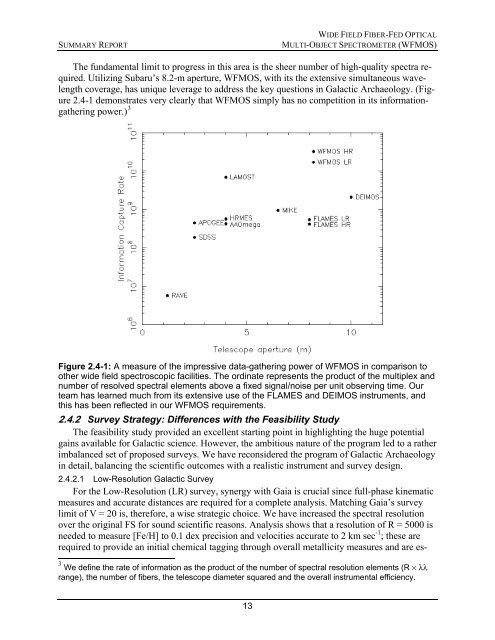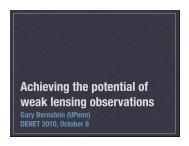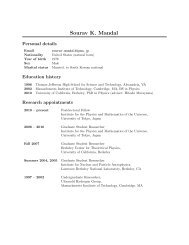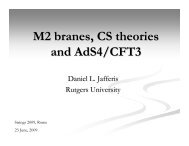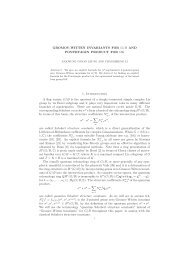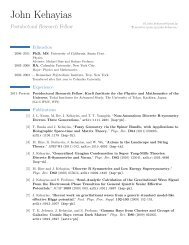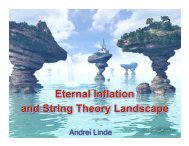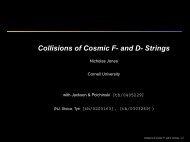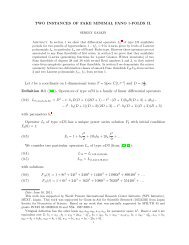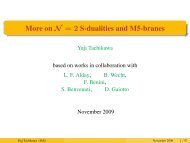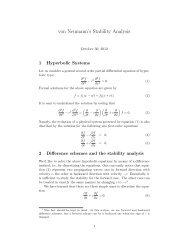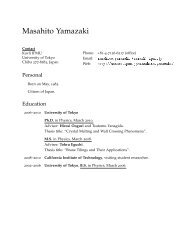STUDY SUMMARY - IPMU
STUDY SUMMARY - IPMU
STUDY SUMMARY - IPMU
You also want an ePaper? Increase the reach of your titles
YUMPU automatically turns print PDFs into web optimized ePapers that Google loves.
<strong>SUMMARY</strong> REPORT<br />
WIDE FIELD FIBER-FED OPTICAL<br />
MULTI-OBJECT SPECTROMETER (WFMOS)<br />
The fundamental limit to progress in this area is the sheer number of high-quality spectra required.<br />
Utilizing Subaru’s 8.2-m aperture, WFMOS, with its the extensive simultaneous wavelength<br />
coverage, has unique leverage to address the key questions in Galactic Archaeology. (Figure<br />
2.4-1 demonstrates very clearly that WFMOS simply has no competition in its informationgathering<br />
power.) 3<br />
Figure 2.4-1: A measure of the impressive data-gathering power of WFMOS in comparison to<br />
other wide field spectroscopic facilities. The ordinate represents the product of the multiplex and<br />
number of resolved spectral elements above a fixed signal/noise per unit observing time. Our<br />
team has learned much from its extensive use of the FLAMES and DEIMOS instruments, and<br />
this has been reflected in our WFMOS requirements.<br />
2.4.2 Survey Strategy: Differences with the Feasibility Study<br />
The feasibility study provided an excellent starting point in highlighting the huge potential<br />
gains available for Galactic science. However, the ambitious nature of the program led to a rather<br />
imbalanced set of proposed surveys. We have reconsidered the program of Galactic Archaeology<br />
in detail, balancing the scientific outcomes with a realistic instrument and survey design.<br />
2.4.2.1 Low-Resolution Galactic Survey<br />
For the Low-Resolution (LR) survey, synergy with Gaia is crucial since full-phase kinematic<br />
measures and accurate distances are required for a complete analysis. Matching Gaia’s survey<br />
limit of V = 20 is, therefore, a wise strategic choice. We have increased the spectral resolution<br />
over the original FS for sound scientific reasons. Analysis shows that a resolution of R = 5000 is<br />
needed to measure [Fe/H] to 0.1 dex precision and velocities accurate to 2 km sec -1 ; these are<br />
required to provide an initial chemical tagging through overall metallicity measures and are es-<br />
3 We define the rate of information as the product of the number of spectral resolution elements (R × λλ<br />
range), the number of fibers, the telescope diameter squared and the overall instrumental efficiency.<br />
13


